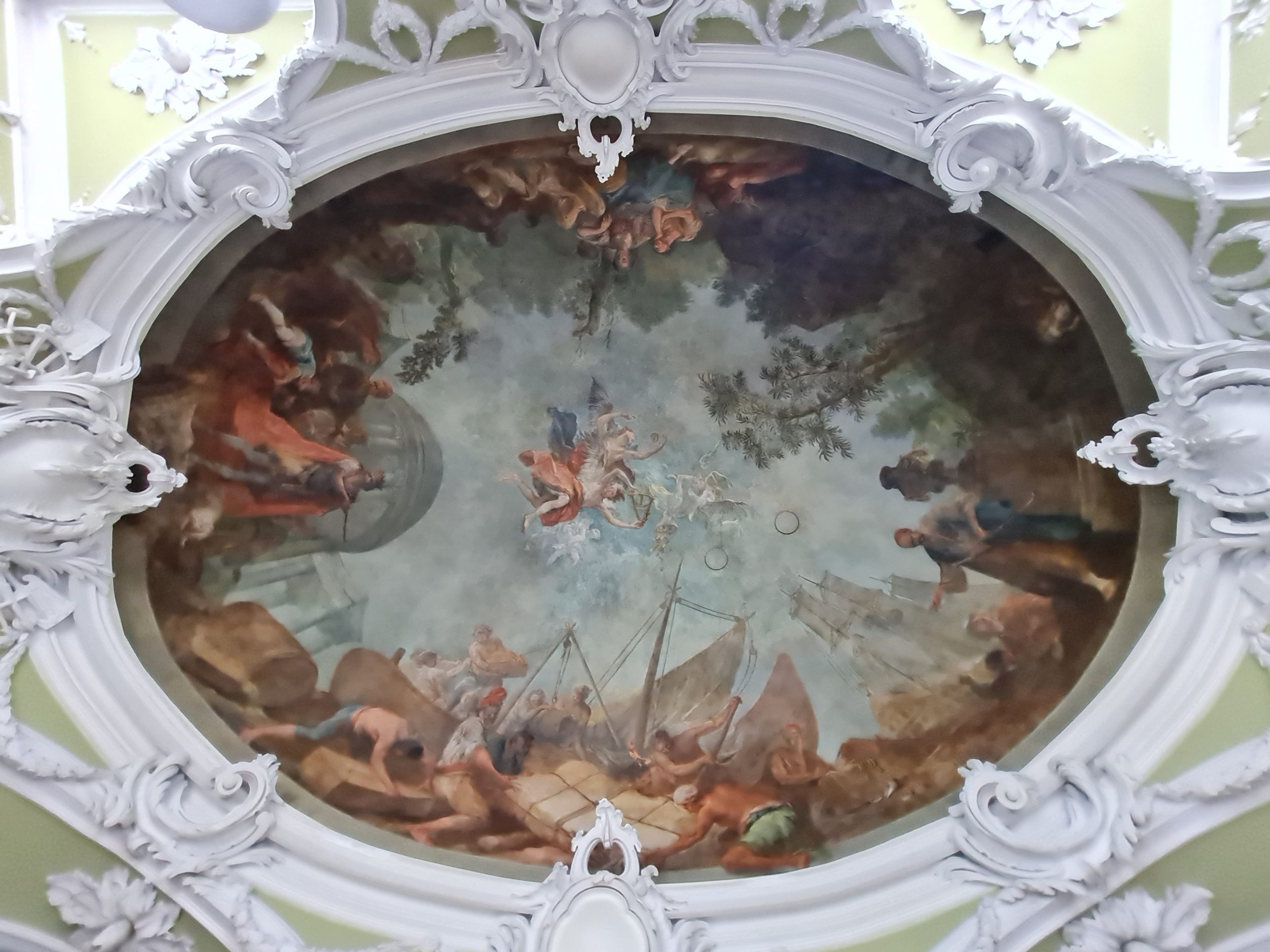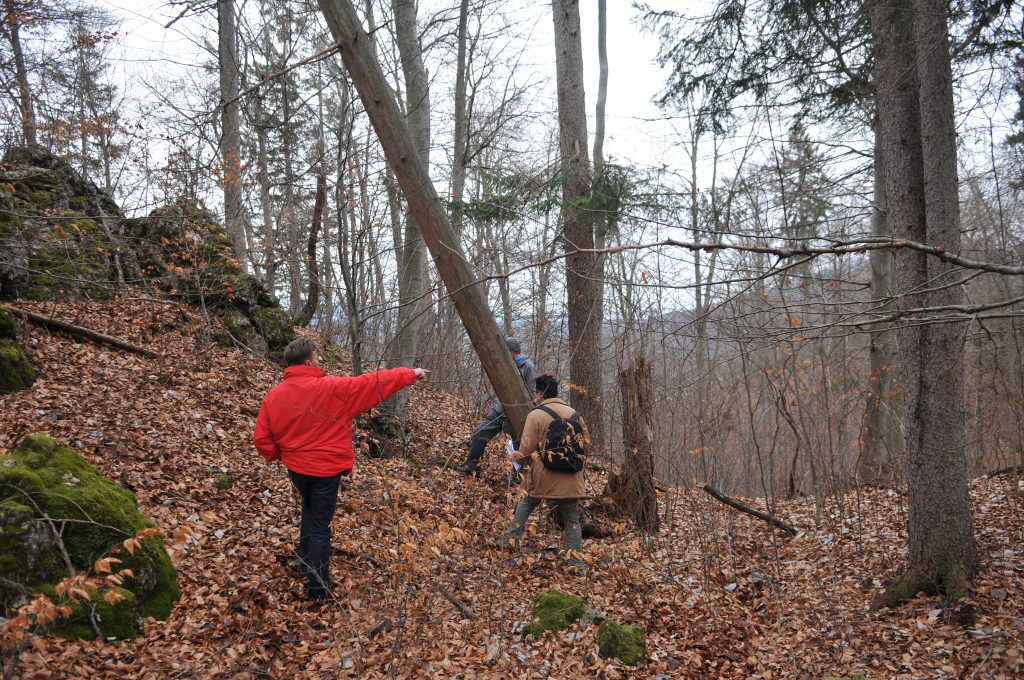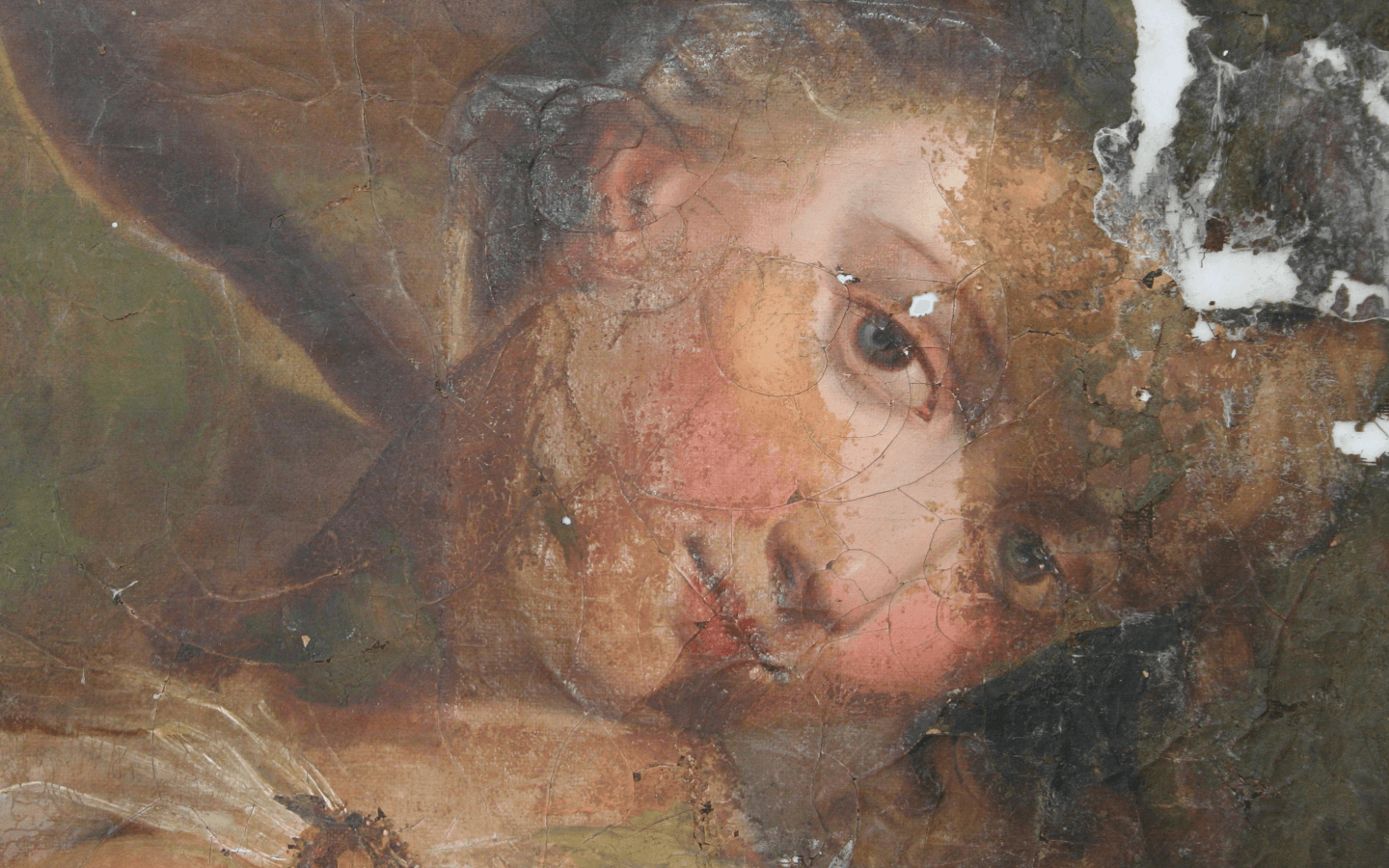In January 2019, a skilled technical team removed the painting by Vittorio Carpaccio, Mary with the Child on the Throne and the Six Saints, from the wall of the Cathedral in Koper, where it will return in October 2024.


In his book Italian hours (1882) described Vittore Carpaccio as one of the brilliant trio of Venetian painters, along with Giovanni Bellini and Tintoretto. He described them as artists who "illuminate the view of the universe from Venice". Carpaccio's canvases offer an ideal image of the seaside city with its marble-clad palaces, shipping traffic and sun-drenched bustle. James points out that the painter won the hearts of his viewers through his "concern for human life in general". In other words, he is ˝the most personal and sociable artist, but also the one who offers the most complete picture of the splendour of Venice in its Renaissance heyday˝.
The Copra altarpiece represents the culmination of a sequence of altarpieces and is very different in composition from all Carpaccio's previous altarpieces. The theme is ahistorical and depicts the Virgin on a throne with angel-musicians seated at her feet and six saints arranged symmetrically on either side. From left to right, the saints can be identified as Hieronymus in cardinal's robes, Joseph, Rocco, Sebastian and Nazarius, the patron saint of Koper, holding a model of the city in his left hand. The last saint in the right foreground is Quirizio or Quirino, a Roman soldier identified by pastoral visitation in 1660.
Originally, the painting adorned the side altar dedicated to St.Rocco, hence the saint's position of honour to the right of the Virgin's throne, where he receives the blessing of the Christ Child. Unfortunately, the exact original position of the altar is unknown. Information on the circumstances of the commissioning of Carpaccio's painting for the cathedral, together with its elaborate stone work, is also scarce. In the past, the commission has been linked to two prominent Venetian officials in Koper, Sebastiano Contarini, who was podestat from 1515 to 1518, and Bartolomeo Assonico, who was bishop from 1503 to 1529. It is certainly not a coincidence that Contarini arrived in the city only one year before the completion and delivery of the altarpiece. Moreover, it has been found that the arms of Contarini, together with those of Cappello, adorn the bases of two pilasters that once formed part of the decoration of Carpaccio's altarpiece and now frame one of the outer portals.
(Peter Humfrey, Carpaccio's Capodistria altarpiece: a Venetian Sacra Conversazione, 2019)
The beginning of what can be called one of the most important national projects in the field of artistic heritage dates back to 2010, when the Department of Stencil Painting at the ZVKDS Restoration Centre took over the conservation and restoration of two paintings from the organ created by Carpaccio in 1523. In 2018, we completed the work on the paintings and started planning the restoration of the painting of the Virgin Mary with the Child on the Throne and the Six Saints in our minds. In January 2019, when the painting was taken down from the wall of the Cathedral of Koper by a skilled technical team, our team began a period of daily operations ranging from the removal of non-original layers, puttying and retouching to the final varnishing of the painting. The success of the restoration did not only depend on the knowledge we had acquired during the conservation and restoration work on the previous Carpaccio paintings. The circumstances in which the painting was and will be located and the condition of the original and non-original materials were also important. A coordinated and skilled team of conservators and experts in the natural sciences and humanities was also indispensable. The project would also not have been possible without the support of the Ministry of Culture and the support services of the ZVKDS Restoration Centre. Many small and big actions and events have come together in the successful realisation of the project.
The final act was carried out in October 2024, when the conserved and restored painting of the Virgin Mary with the Child on the Throne and the Six Saints, by Renaissance master Vittore Carpaccio, returned home and now once again adorns the right transept of the Church of the Assumption in Koper.
In autumn 2024, the painting was returned to the Cathedral in Koper.
In the video, which you can watch in the link below, we tell you the story of the return of the restored painting to the Cathedral in Koper, the story of its complex installation, suitable placement and lighting, and the people who made it happen. to deserving. The story as seen by the video's author, Dr Andrej Hirci.
Collaborators on the project
- Slovenian Institute for the Protection of Cultural Heritage: director general Jernej Hudolin
- Restoration Centre: head Martina Lesar Kikelj
- OE Piran: Mojca Marjana Kovač
- Conservators and restorers Emina Frljak Gašparovič, Barbka Gosar Hirci, Sanela Hodžić
- Natural Science Research: Katja Kavkler, Sonja Fister, Andrej Hirci, Antonino Cosentino, CHSOS
- Jury of experts Peter Humfrey, The University of St Andrews, Sara Menato, Università degli Studi di Padova, Višnja Bralić, Croatian Institute for Restoration, Luca Caburlotto
- Technical team: Janez and Franci Novak, Jaka Jaklič and colleagues, Anže Šušteršič, Igor Brozovič, Rafko Jaklič













